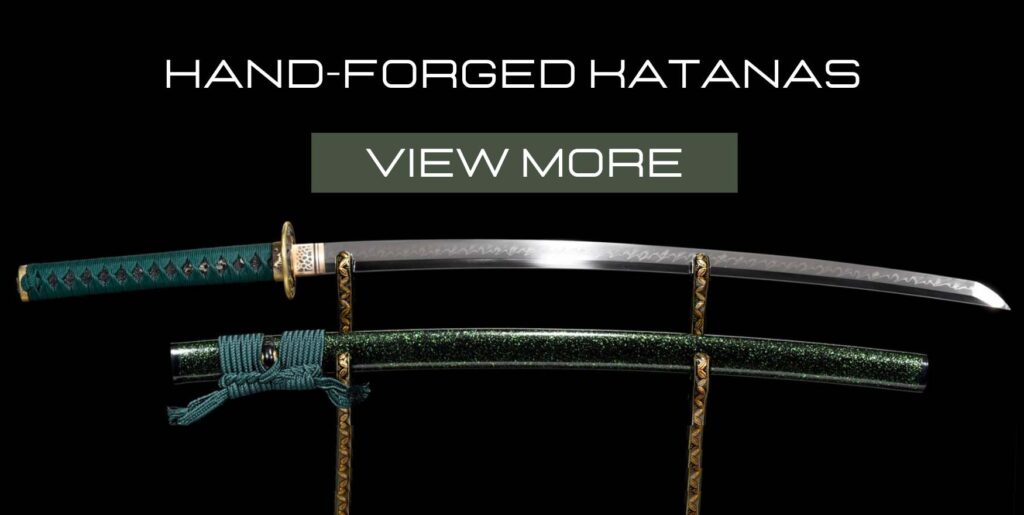Let’s explore Katanas, the cool Japanese swords. They’re not just sharp but also mysterious. Each sword carries a unique heritage.
In this article, we’ll learn about the drawings of Katanas and what makes them special. Here’s your chance to find out more about these awesome swords!
The Significance of Art Engraving on Katana
Throughout history, many cultures have viewed swords as extensions of individual character. Indelible imprints of a person’s identity were engraved on them like personal statements. There were often engravings with the owner’s name, title, or motto. Sometimes, these engravings were highly personalized, reflecting the bearer’s values, beliefs, and experiences.
Swords are often passed from generation to generation, with each successive generation engraving their engraving onto the blade or scabbard. As a result, a meaningful link across generations was created, connecting generations of warriors within a family.
In this tradition, a piece of cold steel was transformed into a living legacy, carrying forth the hopes and aspirations of the past.
How the Tradition of Katana Engraving Took Off
The beautiful shape of katanas has symbolic meaning and has been used as weapons since ancient times, and many are valuable art pieces. Treasure swords (such as Amenomurakumono tsurugi) are valued by ancient families and shrines as proofs of power.
Additionally, they supported the samurai’s spiritual culture, the warrior’s very soul against the military state’s background. They combine two types of metal, hard brittle steel and soft iron, by folding and forging them together.
Nakagos have holes, known as Mekugi holes, that allow the blade body to be attached by pins to the Tsuka (handle).
In the early days of the Japanese, Katana engravings were not widely used. The demand for swords and swordsmithing grew as the technology advanced, as did the skills of the smiths.
At this point, ornaments, fittings, and engravings began to become more ornate, intricate, and meaningful. Engravings began to be used to attribute the work of artisans.
The advent of Horimono, aka More Advanced Paintings…
Throughout the Edo period, ornamentation continued to improve. To add religious and aesthetic appeal to swords, beautiful engravings called ‘horimono’ were usually added.
In the past, these engravings included images of gods, dragons, flowers, and animals and images of mystical beings, including gods and dragons.
The Modern-Day Katana Art
With so many modern engraving methods and such stunning designs, the engraving of Japanese sword and other swords today is widespread. There has also been a resurgence of interest in sword art due to movies, anime, and fantasy.
Many parts of the sword can be customized with engraving and marking using modern sword smithing methods, making it truly unique to the owner.
Types of Sword Engravings
Three types of engravings will intrigue your interest:
Textual Inscriptions
This could be the name of the person who made the sword, the year it was made, religious words, or the owner’s name. We can learn about the sword’s origins and the people who used it by reading the writing, which can be simple or fancy.
Pictorial Engravings
Swords sometimes have symbols or stories depicted on them. It could be about old stories, symbols with special meanings, or religious things.
Talented people made these pictures, making the sword appear not just as a weapon for fighting but also as a piece of art.
Decorative Patterns
There are also swords with pretty designs. These designs have no story, but they enhance the sword’s appearance. Besides being pretty, the designs may have special meanings, such as giving good luck or following rules.
Katana for sale with these designs are not simply weapons but beautiful works of art with deeper meanings.

